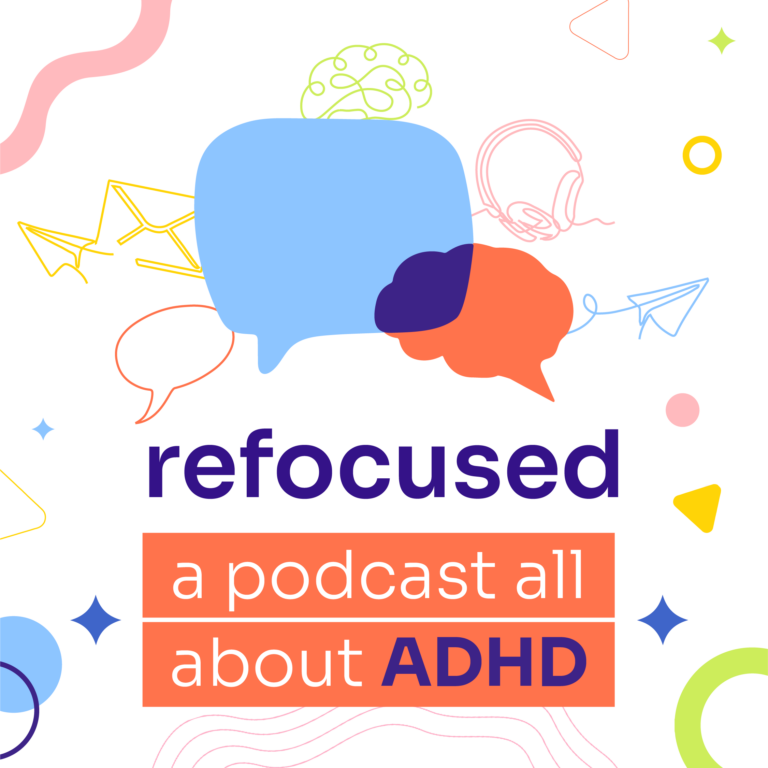Research has found that the prevalence of ADHD is two to nine times higher in boys than girls. By adulthood, the prevalance between the genders evens out a bit, with 5.4% of men and 3.2% of women being diagnosed with ADHD. Even so, diagnosis of girls and women with ADHD is still a challenge. There are a number of reasons for this, including the way women and girls present with this disorder and how they employ compensatory behaviors. Providers also have gaps in their knowledge about the ways that gender affects ADHD.
Specific Symptoms and Comorbidities
One challenge with ADHD diagnosis for women and girls is that they often present with different symptoms than men and boys. They are more likely to have symptoms that they internalize, including attention deficits, anxiety, and depression. Men and boys are more likely to have externalized symptoms like poor impulse control or being hyperactive.
Comorbidities (conditions that are more likely to occur in the presence of other conditions) can also make diagnosis more difficult. In a review of 18 other studies, researchers found that, when compared to girls without ADHD, girls with an ADHD diagnosis were 9.4 times as likely to also have a diagnosis of oppositional defiant disorder (ODD) and 5.6 times more likely to have a conduct disorder (CD). ODD is defined as hostile or defiant behavior towards those in authority. CD is defined as behavior that violates others’ rights or rules or norms in society.
Compensatory Behaviors
Women and girls often develop better ways to cope with the challenges of ADHD than their male counterparts. However, this can often mean that it is easier to overlook or underestimate the impact of ADHD on their lives. One of the mechanisms that women with ADHD can choose is perfectionism; this helps them cope with feelings of inadequacy or of not being in control of one’s life. But experts consider it maladaptive — because it can cause or exacerbate the anxiety that is already prevalent in the woman or girl.
Gaps in Provider Knowledge
Another part of the challenge of diagnosing women and girls is a lack of provider knowledge. Andrea Lynch, a researcher with the National University of Ireland, has noted that “one of the most significant knowledge gaps related to ADHD is in the area of gender.” This is partly because so much of the research done on this disorder has been exclusively on male subjects. Even the Diagnostic and Statistical Manual, which defines and classifies mental health disorders, has itself has been criticized in regards to the criteria it has set up for ADHD diagnosis, since these have been developed from large studies of mostly school-aged males.
It is important, then, for women and girls — as well as their families — to understand that ADHD does look different depending on gender. And to understand that several factors (including how females present, the ways they cope, and lack of knowledge on the part of providers) can make getting a formal diagnosis more challenging. This understanding is increasingly vital as we witness a rising ADHD diagnoses in adults, which often brings to light the experiences of women who may have gone undetected for years. By recognizing the unique presentations of ADHD in females, families and healthcare providers can work together to ensure that no one struggles in silence. Addressing these disparities not only aids in accurate diagnosis but also in developing effective treatment plans tailored to individual needs.
Sources:
The Primary Care Companion for CNS Disorders







